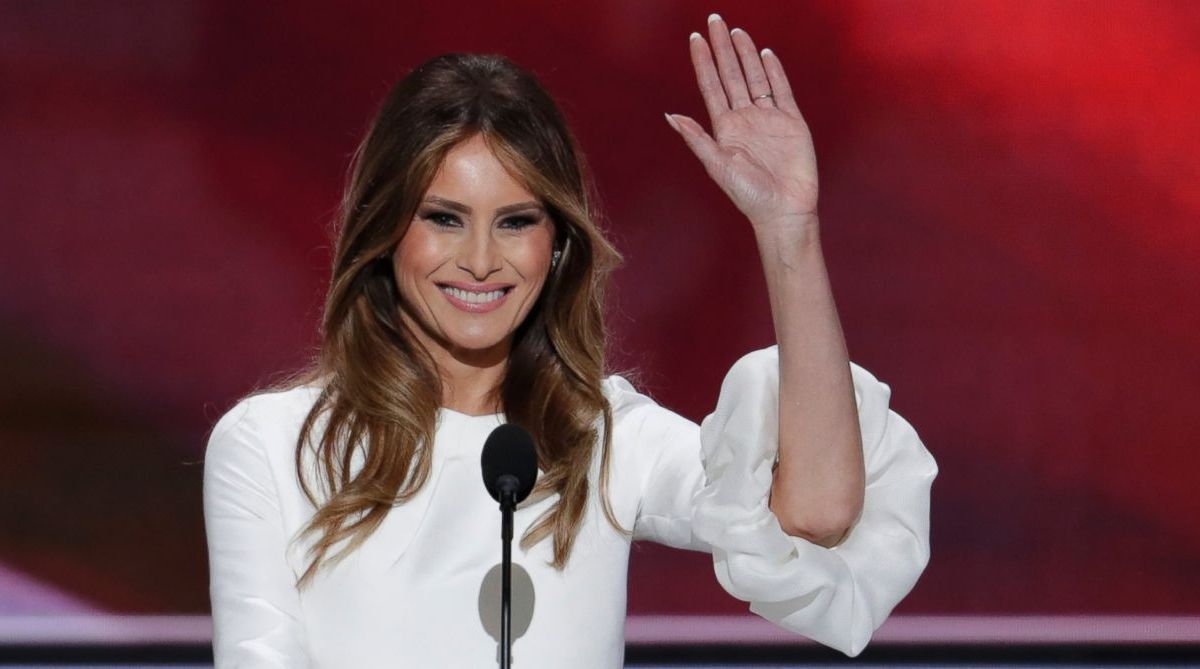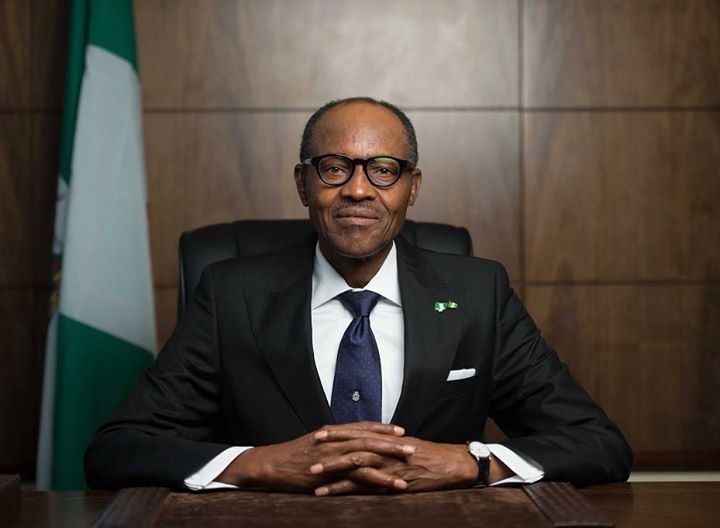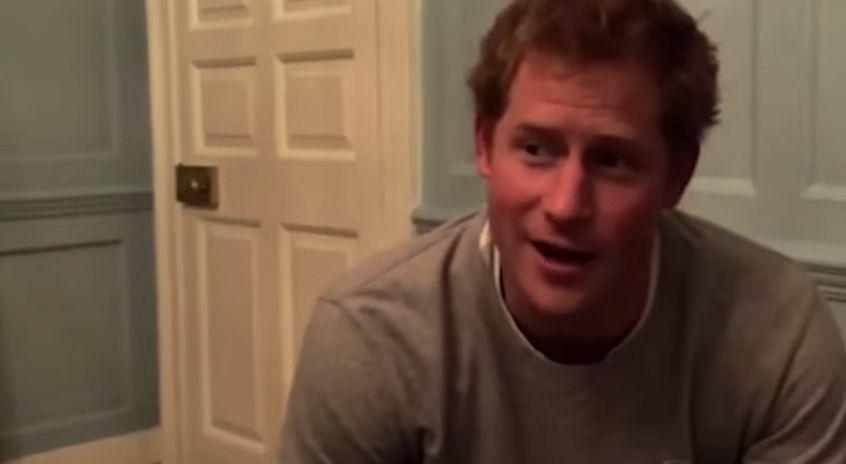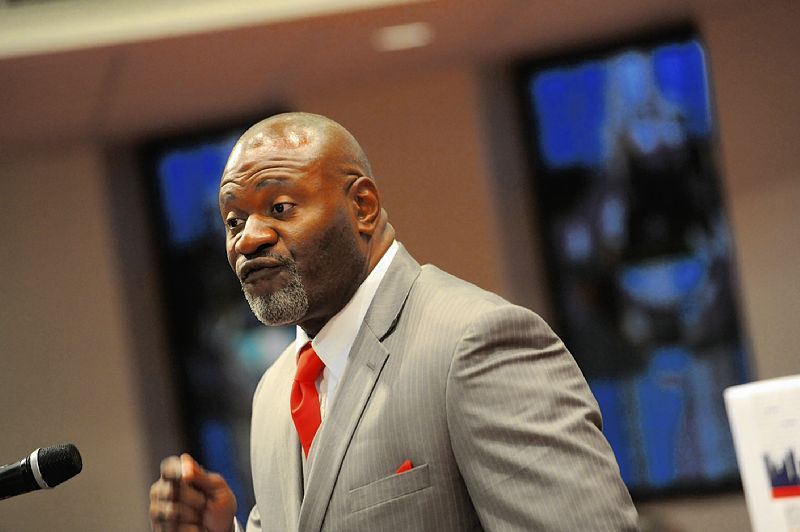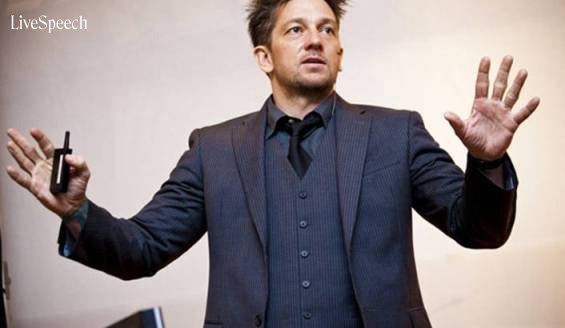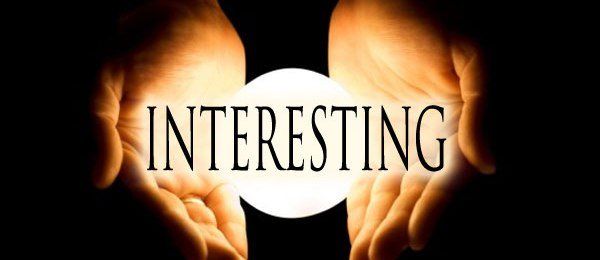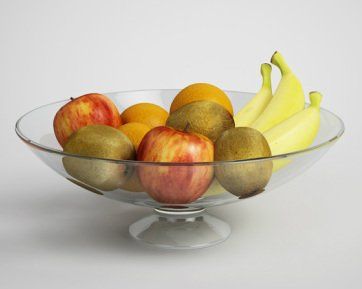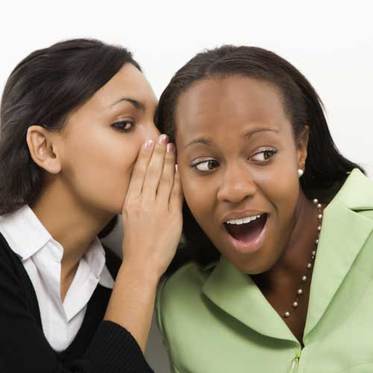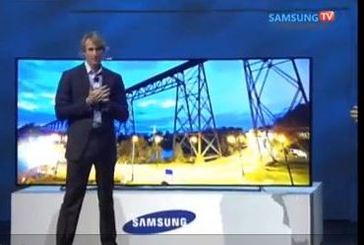Communication is the exchange of information in the form of messages, symbols, thoughts, signs and opinions.
There are several different types of communication, depending on the medium, path or channel used, or the way in which information is transmitted and received.
Communication of information, messages, opinions, speech and thoughts can be done via different forms of modern communication media, like, e-mail, telephone and mobile. Some of the basic ways of communication are by speaking, singing, sign language, body language, touch and eye contact.
These basic ways of communication are used to transfer information from one entity to other. The different types of communication can be classified into four main groups. In the order in which they were developed (at least, in my opinion), they are as follows.
[1] Non-Verbal Communication
Non-verbal communication involves physical ways of communication, like, tone of the voice, touch, smell, gestures and body motion. Creative and aesthetic non-verbal communication includes singing, music, dancing and sculpturing. Symbols and sign language are also included in non-verbal communication.
Body language is a non-verbal way of communication. Body posture and physical contact convey a lot of information. Body posture matters a lot when you are communicating verbally to someone. Folded arms and crossed legs are some of the signals conveyed by a body posture. Physical contact, like, shaking hands, pushing, patting and touching expresses the feeling of intimacy. Facial expressions, gestures and eye contact are all different ways of communication. Reading facial expressions can help you know a person better.
You could read your audience in this way and gauge their level of interest during the course of your speech. You could tell whether they are following or whether their interest is fading along as you speak. Every good public speaker never fails to observe his audience’s body language. By reading your audience as you speak you get immediate feedback on the progress of your speech.
[2] Verbal Communication
Verbal communication includes sounds, words, language and speaking. Language is said to have originated from sounds and gestures. There are many languages spoken in the world. The bases of language formation are:
- Gender
- Class
- Profession
- Geographical area
- Age group
- Other social elements
Speaking is an effective way of communicating and is again classified into two types namely: interpersonal communication and public speaking. There isn't much difference between the two. They both share far more in common than they differ. The exact, same, principles of communication work in both. The difference, however, is that while one is performed in public before a group the other is performed rather more in private to one person, and therein lies the source of the differences.
Good verbal communication is an inseparable part of business communication. In a business, you come across people from various ages, cultures and races. Fluent verbal communication is essential to deal with people in business meetings. Also, in business communication self-confidence plays a vital role which when clubbed with fluent communication skills can lead to success.
Public speaking is another verbal communication in which you have to address a group of people. Preparing for an effective speech before you start is important. In public speaking, the speech must be prepared according to the type of audience you are going to face.
The content of your speech should be authentic and you must have enough information on the topic you have chosen for public speaking. All the main points in your speech must be highlighted and these points should be delivered in the right order—to avoid mental chaos in your listeners. There are many public speaking techniques, or public speaking tools, and these must be practised wholesomely for an effective speech.
[3] Visual Communication
This type of communication is the communication through what we can see. Visual communication is visual display of information like topography, photography, signs, symbols and designs.
Television and video clips are the more popular electronic form of visual communication. In making a media presentation whether in the office or at school, you might find yourself making use of graphics and signs and symbols.
The favourite software tool currently in use for this is Microsoft PowerPoint. With PowerPoint, you could take your presentation to a whole new dimension engaging your audience with clear graphical illustrations and animations. All serve to help convey the message in your speech in more powerful and retentive way.
[4] Written Communication
This last form of communication entails communication by writing. Good written communication is essential for business purposes. Written communication is practiced in many different languages.
Textbooks, e-mails, reports, articles and memos are some of the ways of using written communication in business. The written communication can be edited and amended many times before it is transmitted to the second party to whom the message is intended. This is one of the main advantages of using writing as the major means of communication in business activity. Written communication is used not only in business but also for informal communication purposes. Mobile SMS is an example of informal written communication developed in more recent times.
So, those are the four types of communication: gesturing, speaking, illustrating and writing. The different types of communication media are increasing and evolving day-by-day with an aim to enhance clarity and eliminate ambiguity in communication.
Do you want to learn more on how you could develop yourself in public speaking? LiveSpeech public speaking training is deliverable in Lagos, Abuja, Port-Harcourt and in major cities across Nigeria.
